
Despite many dance schools taking breaks for the Easter holidays, eager dance students still have the chance to dance their way through the holidays. There are a wide variety of courses to suit every dance taste, such as hip hop, musical theatre and ballet, enabling students to build on existing skills, and even gain an idea as to further training in dance which they may like to undertake in the future.
ZooNation Easter Academy are inviting beginner and intermediate level dancers to learn from ZooNation company members, covering a wide range of hip hop and street dance styles including Locking, Popping, Breaking, House and Waacking. Students will also be able to learn some original choreography from the hit West End show Some Like It Hip Hop.
The Place Youth Dynamics course can see students work with the renowned national touring company Tavaziva Dance, allowing young dancers to develop their contemporary technique and learn some of the company’s repertory.
The Royal Academy of Dance are holding a Boys’ Day of Dance for male students aged 7 – 16, enabling them to experience four different dance styles: Ballet, Street Dance, Contemporary and Capoeira. The classes held will be taught by professional male teachers and performers, helping to inspire young males in introducing them to dance.
Laine Theatre Arts’ International Easter course will incorporate Jazz, Musical Theatre and Drama workshops, building up a range of skills for students perhaps interested in auditioning for the vocational training course offered at Laine Theatre Arts in Musical Theatre and Dance.
All courses offered by a whole host of dance companies, examination boards and training institutions are fantastic opportunities to inspire new talents and develop existing skills of dance students who are eager to further their training and improve their skills.

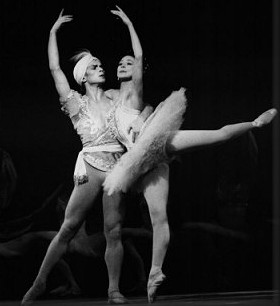 The partnership of Rudolf Nureyev and Margot Fonteyn is one which dance audiences and balletomanes alike still speculate about. However, it remains that their partnership is perhaps one of the most celebrated and talked about in the world.
The partnership of Rudolf Nureyev and Margot Fonteyn is one which dance audiences and balletomanes alike still speculate about. However, it remains that their partnership is perhaps one of the most celebrated and talked about in the world.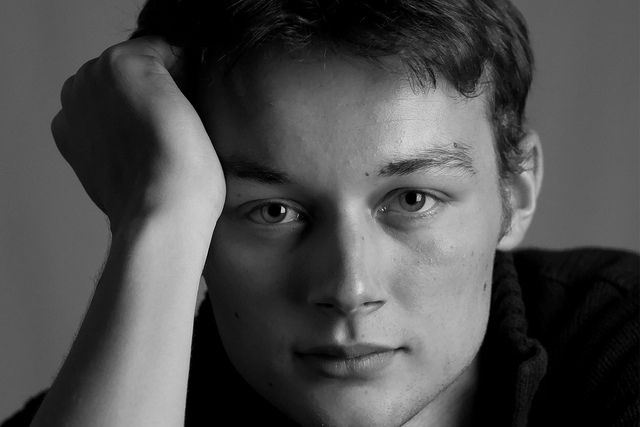
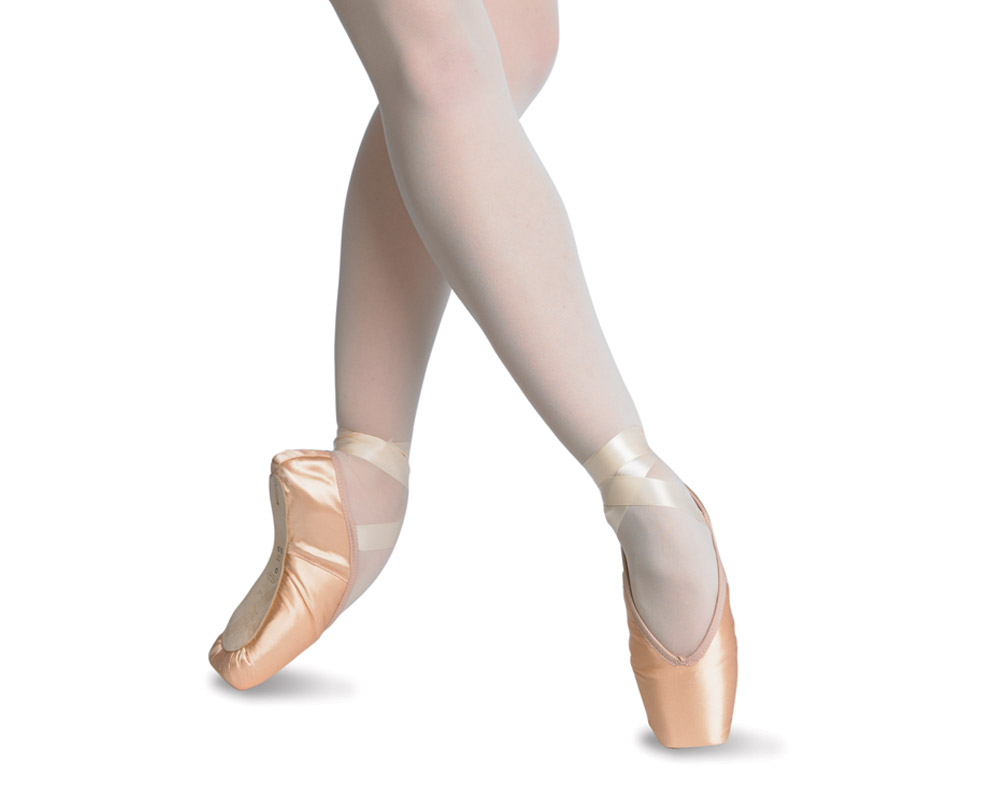
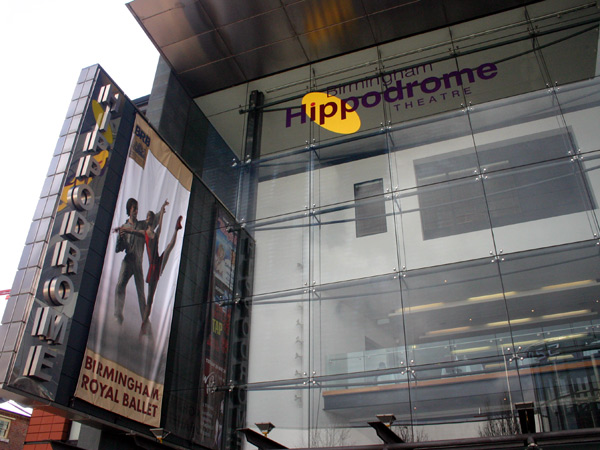
 January 22 2013 marked the birthday of Giorgi Melitonovitch Balachivadze, otherwise known to ballet and dance fans all over the world as George Balanchine, born in 1904 in St. Petersburg, Russia. Balanchine, as the co-founder of the New York City Ballet and one of the greatest choreographers of modern ballet, created the aesthetic we can recognise in theatres today, with costumes of often just leotards, tights and shoes. Other works, such as Jewels, are more classical in taste, but still echoes the Balanchine style and legacy throughout the dance sector in the twenty-first century.
January 22 2013 marked the birthday of Giorgi Melitonovitch Balachivadze, otherwise known to ballet and dance fans all over the world as George Balanchine, born in 1904 in St. Petersburg, Russia. Balanchine, as the co-founder of the New York City Ballet and one of the greatest choreographers of modern ballet, created the aesthetic we can recognise in theatres today, with costumes of often just leotards, tights and shoes. Other works, such as Jewels, are more classical in taste, but still echoes the Balanchine style and legacy throughout the dance sector in the twenty-first century.
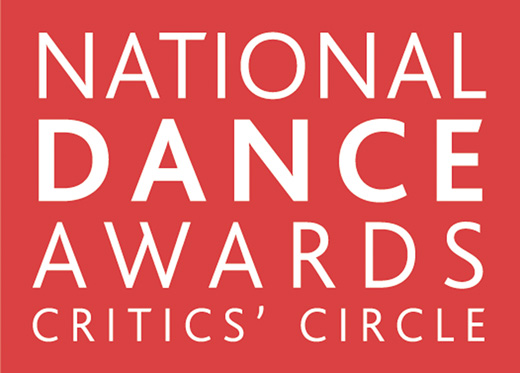
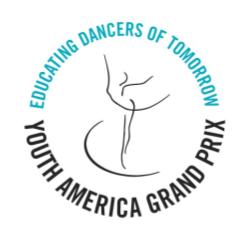 The Youth America Grand Prix, one of the most esteemed ballet competitions in the world, assembled an all-star cast of mostly principal dancers from some of the best companies in the US, and beyond, for its highly anticipated gala. Dancers from American Ballet Theatre, the New York City Ballet, the San Francisco Ballet, the National Ballet of Canada, Boston Ballet, the Dutch National Ballet and Alvin Ailey American Dance Theater were in attendance, assembled by the YAGP organisers for a programme of excerpts from ballet’s most classic and revered works.
The Youth America Grand Prix, one of the most esteemed ballet competitions in the world, assembled an all-star cast of mostly principal dancers from some of the best companies in the US, and beyond, for its highly anticipated gala. Dancers from American Ballet Theatre, the New York City Ballet, the San Francisco Ballet, the National Ballet of Canada, Boston Ballet, the Dutch National Ballet and Alvin Ailey American Dance Theater were in attendance, assembled by the YAGP organisers for a programme of excerpts from ballet’s most classic and revered works.